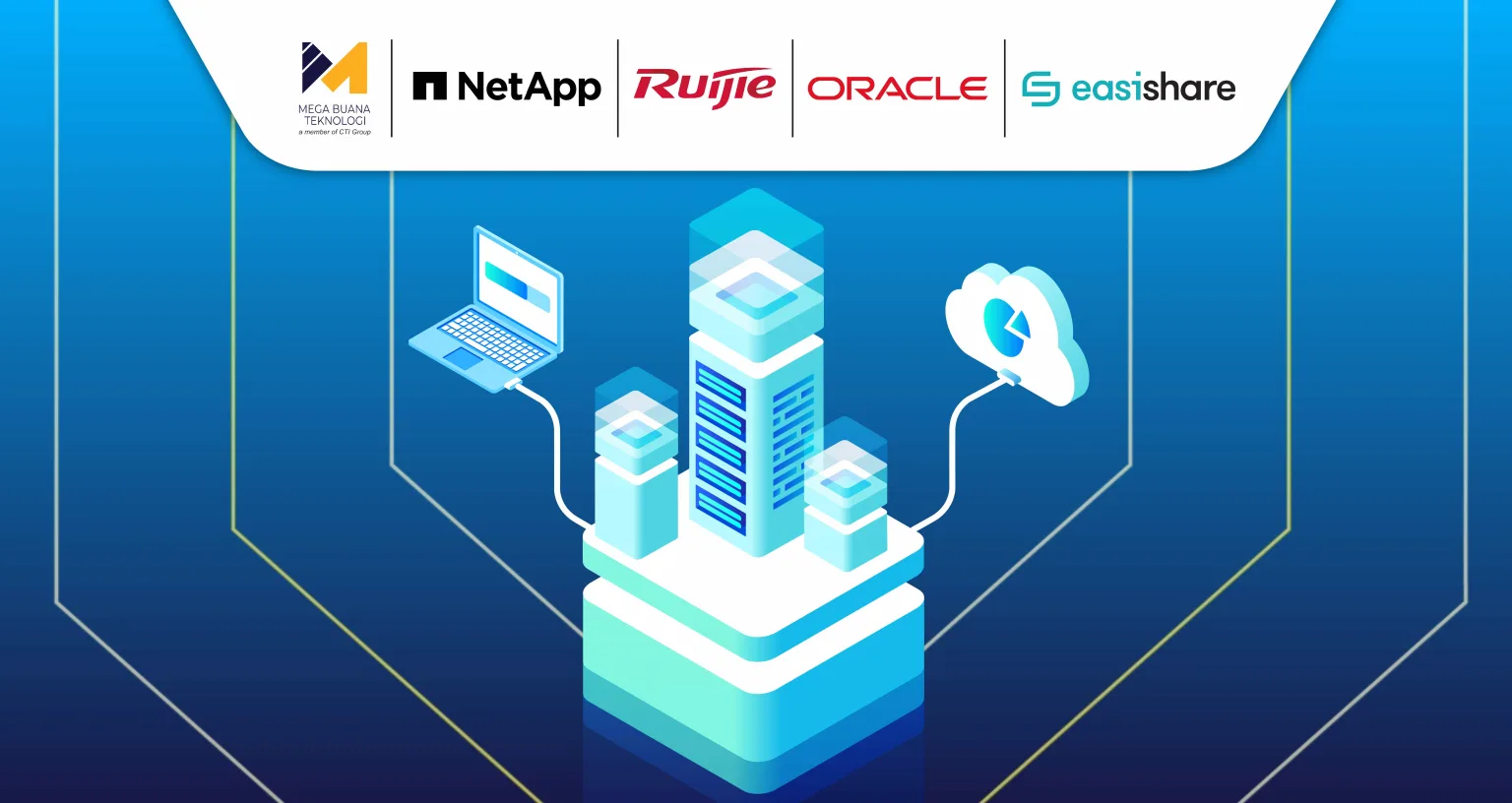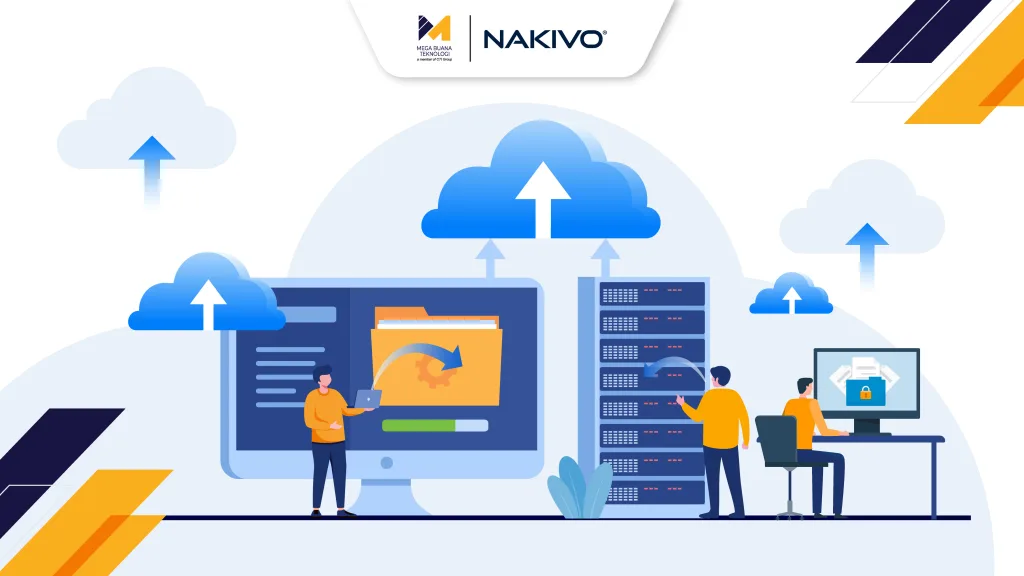In today’s fast-paced digital era, companies face a massive challenge: how to simplify IT infrastructure without sacrificing performance or security? With hybrid workloads, the demand for high uptime, and rising cybersecurity threats, organizations need a better way to manage their data centers.
That’s where converged infrastructure (CI) comes into play. This solution combines compute, storage, and networking into a single, ready-to-deploy system—cutting out legacy complexity, speeding up deployment, and delivering operational efficiency like never before.
According to MarketsandMarkets, the global converged infrastructure market is expected to grow from USD 11.46 billion in 2023 to USD 24.57 billion by 2028, reflecting a strong demand for simplified, scalable, and cost-effective IT architectures. As businesses navigate the demands of digital transformation and hybrid work environments, the pressure to maintain agility, reduce downtime, and improve operational efficiency is higher than ever.
What is Converged Infrastructure?

Converged infrastructure (CI) is an integrated IT framework that brings together compute (servers), storage, networking, and virtualization into a pre-configured, centrally managed system. Unlike traditional infrastructure models where each component is managed and maintained separately, CI simplifies deployment and management by combining all necessary resources into a single solution.
This helps reduce hardware compatibility issues, streamline IT operations, and speed up time-to-value for new services and applications. One of the key advantages of converged infrastructure is its ability to reduce operational complexity. Because it comes as a tested and validated system from a single vendor or alliance, IT teams can avoid the challenges of integrating components from different sources.
This not only shortens deployment times but also minimizes the risk of misconfigurations and incompatibility. Converged infrastructure supports scalability and performance optimization by allowing enterprises to add modular units as their workload grows.
Converged Infrastructure vs Hyperconverged Infrastructure vs Public Cloud Solution
Converged infrastructure, hyperconverged infrastructure, and public cloud solution are three familiar storage solutions that are often used by many companies. However, do you know what the differences are between them? Here’s a comparison of the differences between converged infrastructure, hyperconverged infrastructure, and public cloud solutions.
| Feature/ Aspect | Converged Infrastructure | Hyperconverged Infrastructure | Public Cloud |
| Architecture | Pre-integrated hardware components (storage, compute, network) | Software-defined with integrated compute, storage, virtualization | Fully virtualized and managed remotely by a cloud provider |
| Deployment | On-premises | On-premises | Off-premises/ remote |
| Scalability | Scale by adding more hardware units (modular) | Linear scale-out by adding more nodes | Virtually unlimited scalability |
| Management | Managed separately or via a central controller | Centralized, unified management with automation | Managed by cloud provider (user manages workloads) |
| Performance | High and consistent, hardware-optimized | Efficient and scalable for VM workloads | Depends on internet connectivity and provider tier |
| Cost Structure | CapEx heavy (initial investment high) | CapEx with potential for reduced OpEx over time | Mostly OpEx, pas-as-you-go model |
| Security | Fully controlled, high security | High security with simpler management | Shared responsibility model, less direct control |
| Best Use Case | Mission-critical workloads requiring high control | SMBs or enterprises needing fast deployment and flexibility | Startups, global apps, or unpredictable workload demands |
Benefits and Drawbacks of Converged Infrastructure
Unlike hyperconverged infrastructure and public cloud as compared above, converged infrastructure offers some benefits. One of the biggest advantages is its performance stability and security—since the infrastructure is hosted on-premises and pre-tested for compatibility, organizations benefit from predictable workloads, reduced latency, and tight control over data.
Converged Infrastructure (CI) brings together compute, storage, and networking components into a single optimized system. It can be proven solution for data centers running critical applications that demand high availability and compliance, such as in banking or healthcare industries.
However, CI has limitations, especially in terms of scalability and flexibility. Expanding capacity often means purchasing more hardware, which can be costly and time-consuming. It also lacks the agility of hyperconverged or cloud-based solutions when it comes to rapid deployment or handling dynamic workloads. Additionally, managing separate components—although integrated—can still require specialized skills, making maintenance and upgrades more complex compared to HCI or public cloud models.
Popular Use Case of Converged Infrastructure
Converged infrastructure (CI) has become a preferred solution for organizations seeking to simplify IT management while increasing scalability and efficiency. One of the most popular use cases is data center modernization. CI integrates compute, storage, networking, and virtualization into a single, optimized system, making it ideal for organizations looking to refresh legacy infrastructure and improve performance without increasing complexity.
Another key use case is private cloud deployment. Many businesses use CI as the foundation for building private clouds, thanks to its predictable performance, easier scalability, and integrated management capabilities. In addition, virtual desktop infrastructure (VDI) is a frequent application of CI, where organizations benefit from centralized desktop management, faster provisioning, and enhanced data security.
Industries like finance, healthcare, and education also adopt CI for mission-critical workloads where high availability, rapid recovery, and reliable performance are non-negotiable.
How to Deploy Converged Infrastructure?

Deploying converged infrastructure typically follows a structured and modular approach. Most organizations choose pre-validated CI reference architectures from leading vendors like NetApp, VMware, or Cisco. These architectures come with tested combinations of compute, storage, networking, and virtualization technologies that ensure compatibility and optimized performance right out of the box.
The deployment process generally begins with assessing business needs and workloads to determine the appropriate CI configuration. This is followed by installing the hardware components, including servers, storage arrays, and network switches, which are then connected through unified management software.
Virtualization layers—such as VMware vSphere—are configured to support dynamic workload distribution and scalability. Finally, IT teams use centralized management tools to orchestrate infrastructure provisioning, monitoring, and updates, ensuring smooth day-to-day operations and simplified maintenance.
Converged Infrastructure Solutions from MBT
Mega Buana Teknologi (MBT) offers a series of converged infrastructure solutions according to the specific needs of businesses in various industries, ranging from Ruijie, Oracle, NetApp, to EasiShare. The following is a complete explanation of the four converged infrastructure solutions.
Ruijie
Ruijie Converged Infrastructure offers an integrated solution that combines compute, storage, and networking into a unified, pre-configured appliance—designed to minimize deployment time, reduce complexity, and streamline IT operations. This integrated architecture allows businesses to avoid the challenges of managing multiple hardware systems separately, which often leads to increased operational overhead and delays in deployment.
At the heart of this solution is the Ruijie Management Control Platform, enabling centralized and efficient management of the entire infrastructure. Through a single interface, IT teams can provision resources, monitor performance, and scale systems according to demand.
This significantly improves operational agility and makes the system easier to maintain, especially for businesses aiming to modernize their IT without adding management burdens. Security is also a cornerstone of Ruijie’s Converged Infrastructure.
The platform includes built-in security features such as Role-Based Access Control (RBAC), Encrypted File Access and Transfer, and detailed Audit Logs to ensure accountability and protect sensitive data. These capabilities help safeguard personal and organizational data, making Ruijie a trusted option for industries with strict compliance needs.
Learn more about the product: Ruijie
Oracle
Oracle’s Converged Infrastructure—also known as Engineered Systems—is a purpose-built solution that integrates compute, storage, networking, virtualization, and database technologies into a unified platform. Designed to run Oracle Database and business-critical applications with optimal performance, this solution helps organizations simplify IT complexity, accelerate deployments, and enhance data security.
Unlike traditional multi-vendor setups that often struggle with compatibility and maintenance challenges, Oracle’s Converged Infrastructure provides a pre-integrated, pre-tested stack optimized specifically for Oracle workloads. It’s not just about infrastructure consolidation; it’s about intelligent performance.
With built-in analytics, machine learning capabilities, and automation, Oracle enables organizations to run intelligent applications faster, more securely, and more reliably. Here are five key Oracle converged infrastructure products:
- Oracle Exadata
High-performance infrastructure optimized for Oracle Database workloads with extreme scalability, availability, and automation.
- Oracle Database Appliance (ODA)
A simple, cost-effective system for running Oracle databases and applications with integrated software, compute, storage, and networking.
- Zero Data Loss Recovery Appliance
Purpose-built backup and recovery solution that eliminates data loss and ensures reliable recovery of Oracle databases.
- Oracle Compute Cloud@Customer
Brings Oracle’s cloud compute infrastructure behind your firewall—ideal for data residency, latency, or regulatory compliance needs.
- Oracle Private Cloud Appliance
A turnkey solution that delivers cloud-native infrastructure for mixed workloads in your data center, supporting Oracle and third-party apps.
Learn more about the product: Oracle
NetApp
NetApp’s converged infrastructure solution is designed to empower enterprises with a unified, high-performance data environment that seamlessly integrates compute, storage, and networking. By leveraging NetApp Unified Storage with ONTAP, organizations can centrally manage both structured and unstructured data across on-premises and hybrid cloud environments.
This makes it easier to scale, secure, and extract value from massive data volumes, especially for workloads like AI, ML, and analytics. One of the key offerings within this ecosystem is NetApp FlexPod—a secure, smart, and sustainable infrastructure solution co-engineered with Cisco.
FlexPod delivers consistent, enterprise-grade performance while offering the agility needed for hybrid cloud readiness. It’s ideal for businesses looking to modernize IT infrastructure without compromising on security or manageability. FlexPod also plays a critical role in enabling advanced use cases, including AI-driven personalization, intelligent content recommendations, and automation across user-facing digital services.
Learn more about the product: NetApp
EasiShare
EasiShare offers a robust converged infrastructure solution designed to meet the high security and performance demands of modern enterprises. Built to support private, on-premises deployments, EasiShare seamlessly integrates into a converged infrastructure stack—providing a unified, scalable platform for secure file sharing and collaboration across departments or geographies.
With performance optimization and scalability at its core, EasiShare ensures high availability and fast data access even under heavy workloads. This makes it ideal for regulated industries or mission-critical environments where data governance, speed, and reliability cannot be compromised.
Security is foundational to EasiShare’s design. It delivers end-to-end encryption and implements strict access controls to ensure sensitive information remains protected at every stage—from upload to transfer to storage. Whether used in financial institutions, government, or healthcare, EasiShare enables organizations to enforce compliance while fostering seamless and secure collaboration.
Learn more about the product: EasiShare
Get Converged Infrastructure Solutions Only at MBT
Mega Buana Teknologi (MBT) as part of CTI Group, offers converged infrastructure solutions from Ruijie, Oracle, NetApp, and EasiShare to enhance your businesses simplify deployment and management of compute, storage, networking, and virtualization in a single solution. Supported by an experienced and certified team for the implementation of converged infrastructure solutions, the MBT team ensures companies can enjoy optimal services to maximize implementation while overcoming business challenges and accelerating innovation. Get an attractive offer by contacting us here for more details about converged infrastructure solutions.
Author: Ervina Anggraini – Content Writer CTI Group




